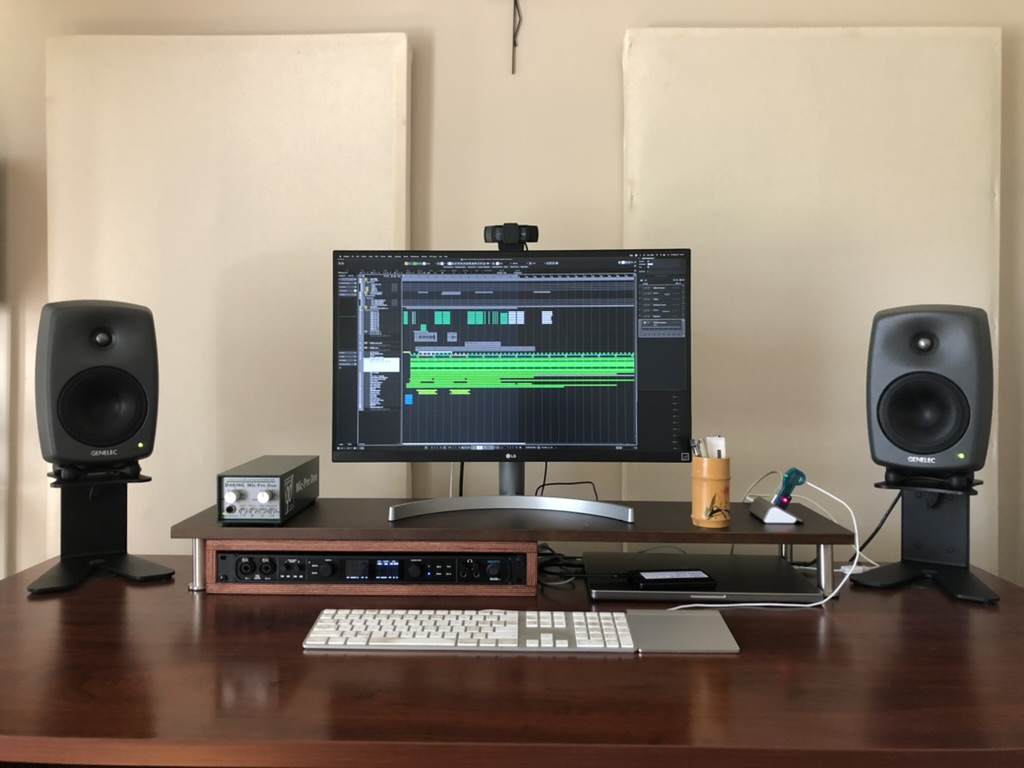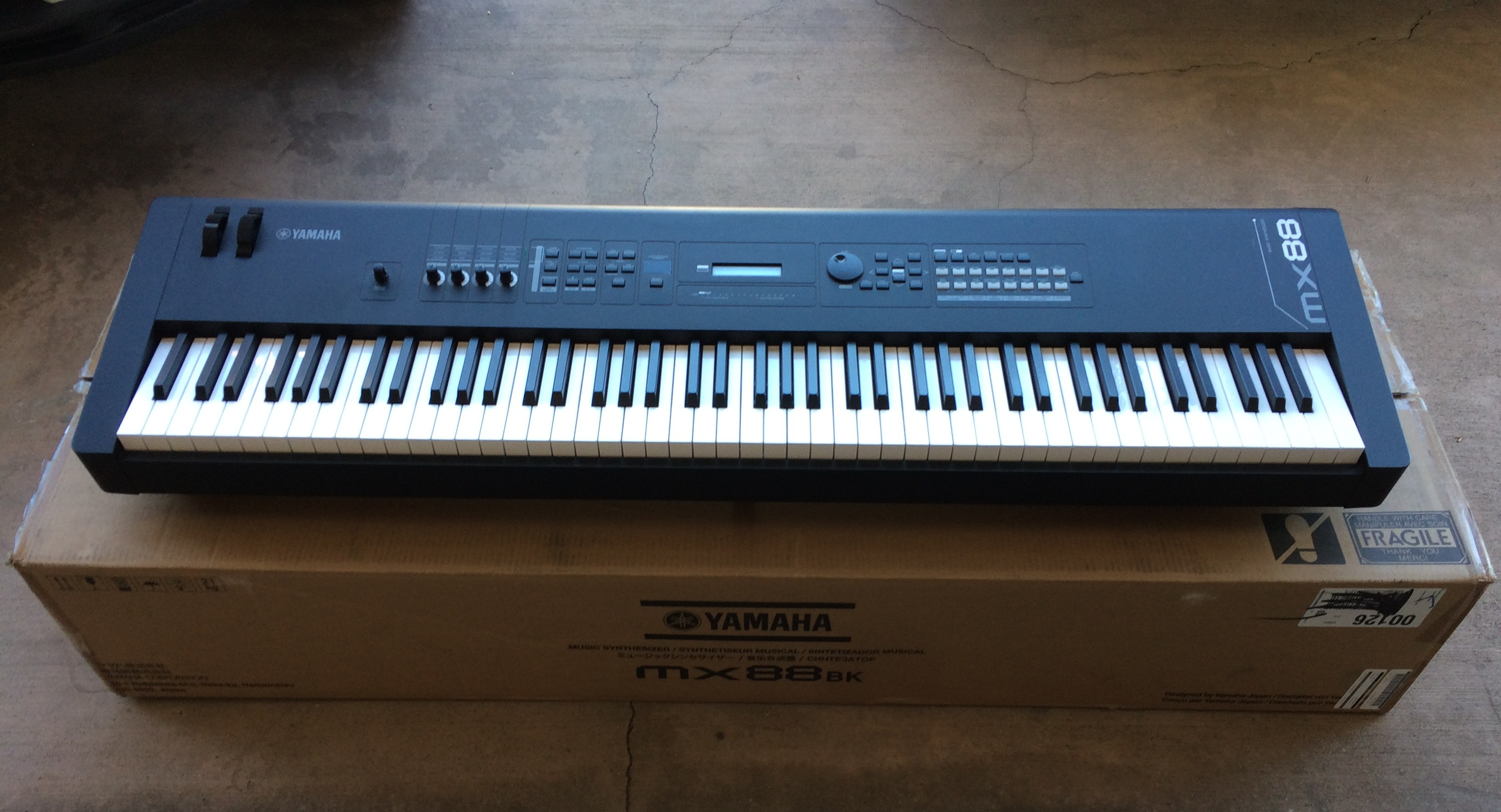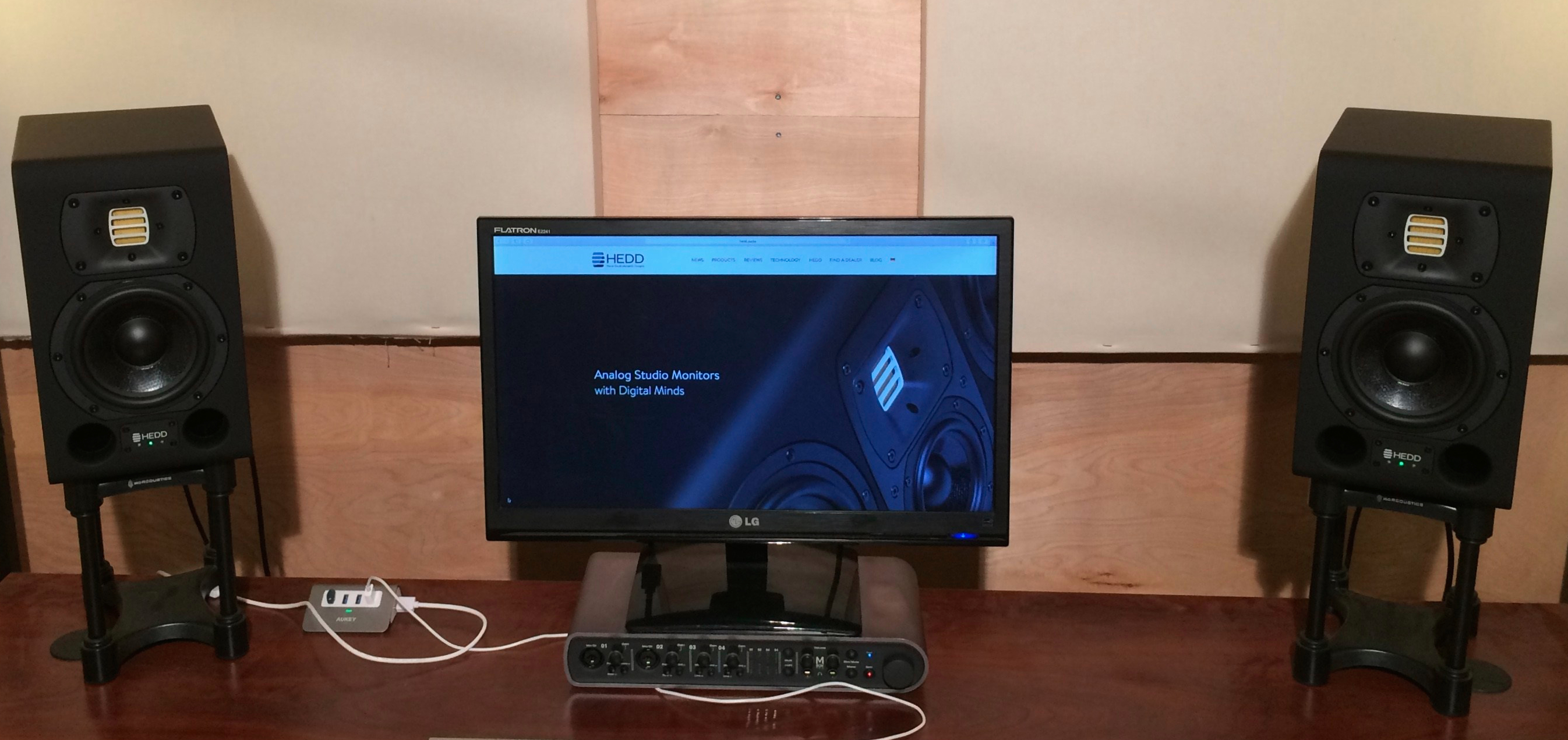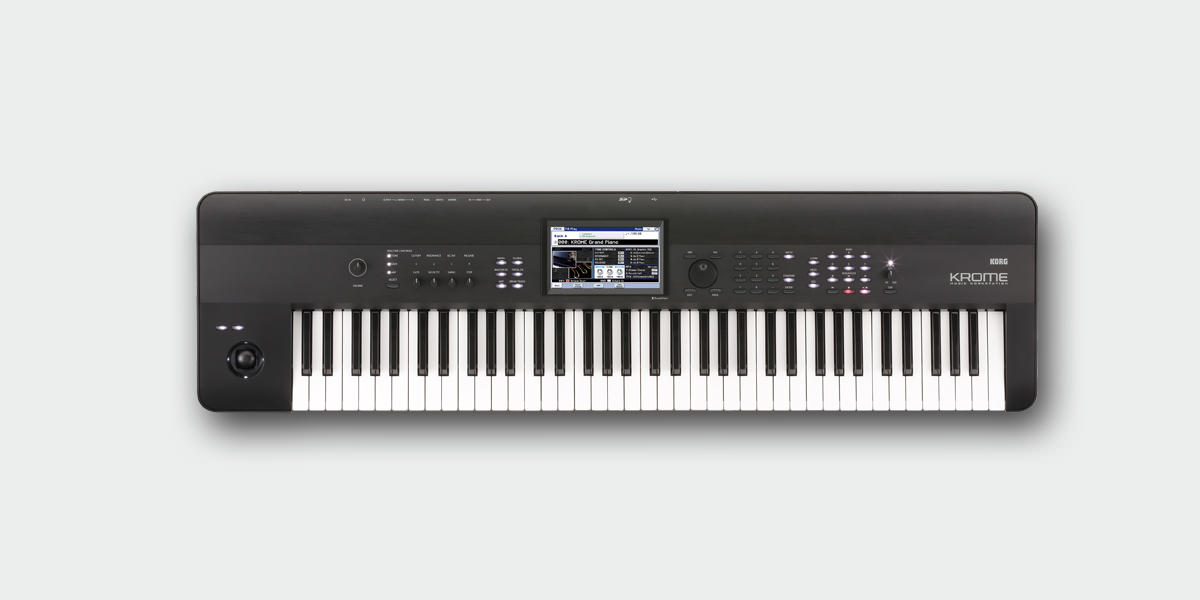ONE WORKING MUSICIAN’S TAKE ON THE L.A. AUTO SHOW

I think this photo really illustrates how much more bulky cars have become over the last 50 years
I’m definitely a car guy, but over the years my taste has evolved; away from super cars and luxury barges, towards efficiency, practicality, affordability and reliability. Perhaps that is just another way of saying I’m getting old, but nevertheless I remain a car nut, and the LA Auto Show is turning into an annual pilgrimage for me.
I get a kick out of going to a car show by public transport, so I park and ride from Redondo Station where I take the Green Line to the Blue Line and about 50-60 minutes later I get off at Pico Station, which is right in front of the LACC.
Sure, even in typical LA traffic driving may still be (a little) faster, but getting to and fro downtown is a hassle, and with the insane parking fees in and around the convention center, I don’t bother.
And did I tell you, taking the train from Redondo to downtown costs $1.25? That’s right, a roundtrip for two whole dollars and fifty cents! My car would probably burn about two gallons of gas, which currently works out to around seven bucks. Add $20 for parking and taking the train becomes an unbeatable value proposition.

the possible future of urban transportation according to Toyota
But really, I’m a car guy. No, really. I keep up with auto industry news, know quite a bit about the history, and most importantly, I love to drive.
My current ride is a 2005 Infiniti FX35, which is basically a Nissan 350Z on stilts. With its higher center of gravity (and 4000+ lbs. curb weight) it’s not quite as agile as a proper sports car, but it’s closer than you’d think.
The best part is you can haul stuff in it, which is great for a working musician like me. I have to schlep keyboards and amplification to and from gigs, so a hatchback with collapsible rear seat is all but a necessity for me.
For the most part, the FX has been an enjoyable mix of brawn and practicality, but after ten years and 132K+ miles, the clock is ticking. Also, averaging 15-16 mpg around LA is becoming unjustifiable, so this year’s Auto Show was to be my opportunity to check out a bunch of potential replacements all in one place.

Toyota’s RAV4 Hybrid left me unimpressed
I was most looking forward to the Toyota RAV4 Hybrid. I had previously driven a 2013 RAV4 rental, and the experience had been a pleasant surprise. Stop and go traffic is pretty much the norm in this town, so from that perspective the hybrid thing makes a lot of sense. You don’t burn any unnecessary fuel while idling. Unfortunately, the RAV4 Hybrid’s batteries are stowed right behind the rear seat. Not an issue with the seats up, but with the seats down there is an ungainly and impractical bump right in the middle of the floor, which is pretty much a deal killer for me. I have (part of) the rear seat down 60% of the time, and with that bump my keyboard would be seesawing. So without ever having driven one, my enthusiasm for it has cooled considerably. For good measure, I checked the cargo hold of a Toyota Prius V with the seat down, and that was a lot more even.

the RAV4 Hybrid’s utility is compromised by this hump

with the seats down, the cargo area of the Prius V is nicely level
Market leader in the segment is the Honda CR-V, which just about ticks all boxes except for its looks. Maybe other people love it, but I sure don’t. Then there is the Mazda CX-5, which purports to be a sportier alternative, and my personal favorite, the Subaru Forester. I got to take one for a spin around the block at the show, and it seems like a perfectly agreeable companion for the LA grind. Domestic contenders are the Chevy Equinox (or GMC Terrain) Ford Escape and Dodge Journey. I have driven all of them as rentals, and while they were decent, I would not consider owning any of them. Then there is the Jeep Cherokee, but I have yet to get my paws on one.

the Subaru Forester remains my favorite in its class
Direct competitors for my old FX would be the Acura RDX, Audi Q5, BMW X3, Mercedes GLC300, Lexus RX and maybe the Volvo XC60, but I don’t think I’ll be shopping in that price bracket. Not on a working musician’s income, anyway. Of those models, I think I’d like the RDX the best. It is basically a luxury version of the aforementioned CR-V, with a V6 and minus the ugly.
These days I don’t pine much for unattainable exotic sports cars, and a vehicle has to make economic sense for me to be interesting. The Buick Cascada does just that. In Europe it is sold as an Opel, and it has just the right mix of affordability, luxury and style. If I didn’t have to schlep gear all the time, this would make my shortlist.

Buick Cascada, semi-affordable luxury convertible
I did walk through Porsche’s room, but that was no fun. It is like walking through a jewelry store, where everything is locked up in glass displays; look but don’t touch. Based on that, I wouldn’t be in a hurry to give Porsche a sale, even if I had that kind of money.
There was a bunch of aftermarket stuff, like custom RV’s or van-based executive limos, but as far as new models go, the show wasn’t all that exciting.
Still, I look forward to doing it all again next year!
















